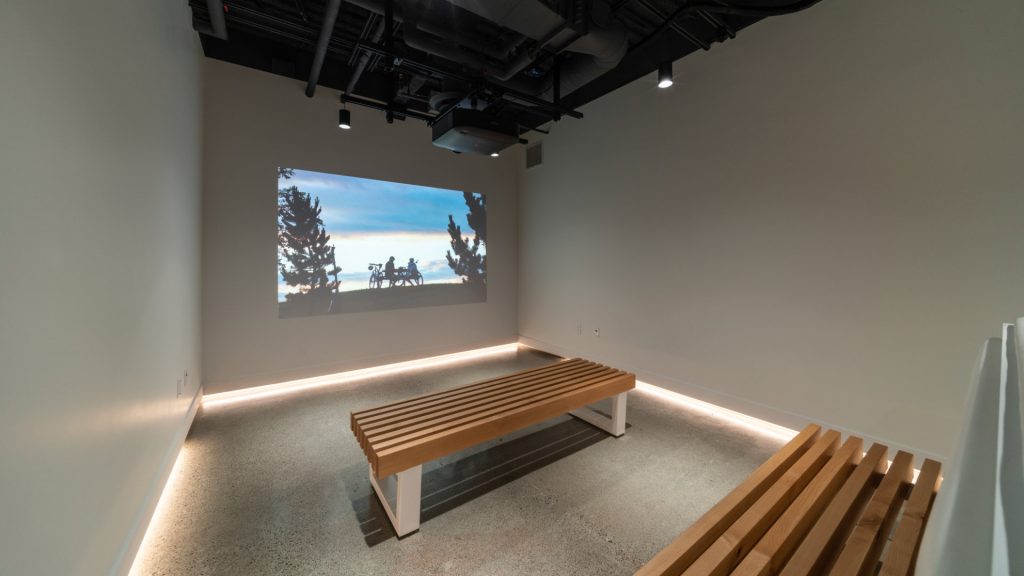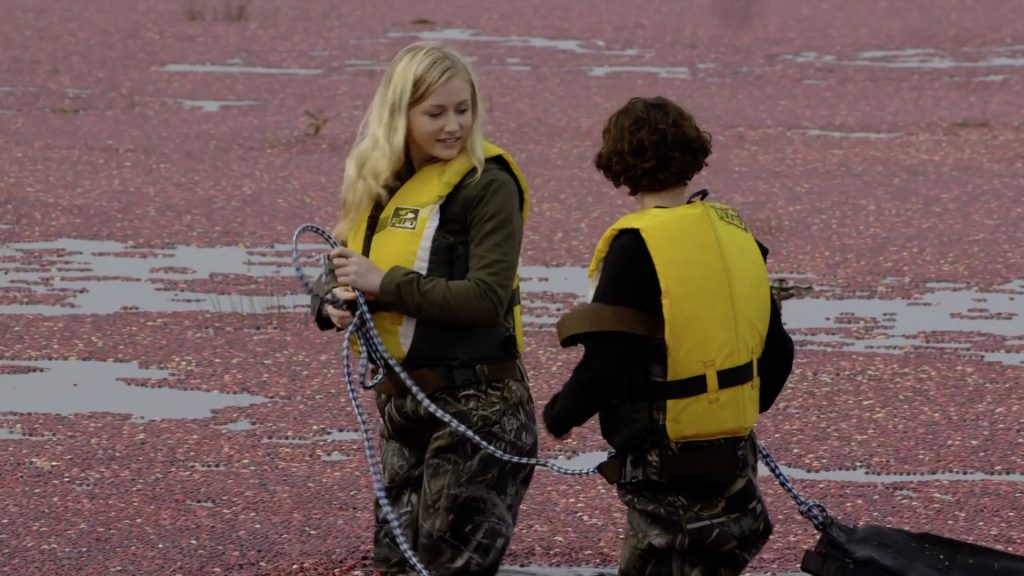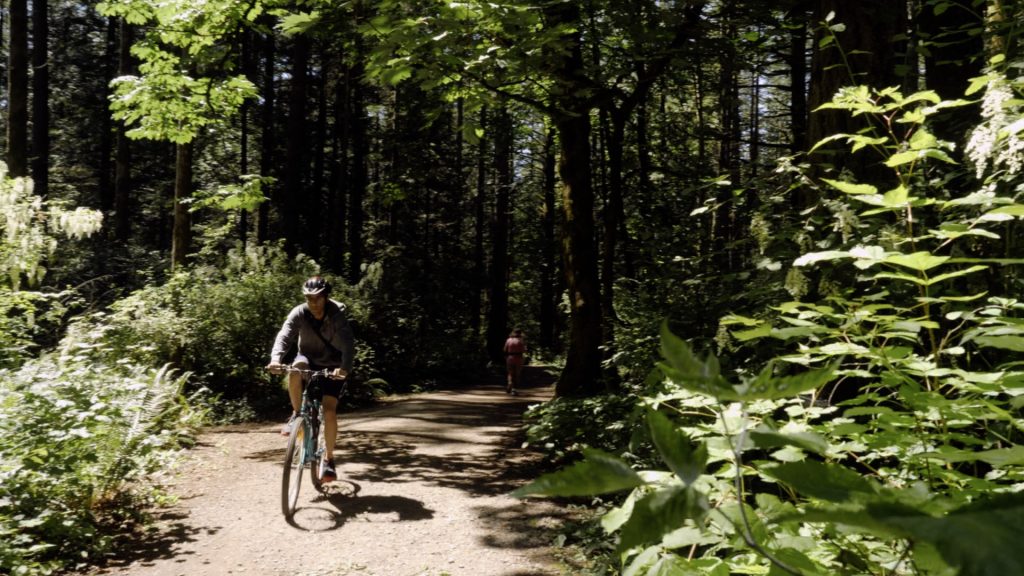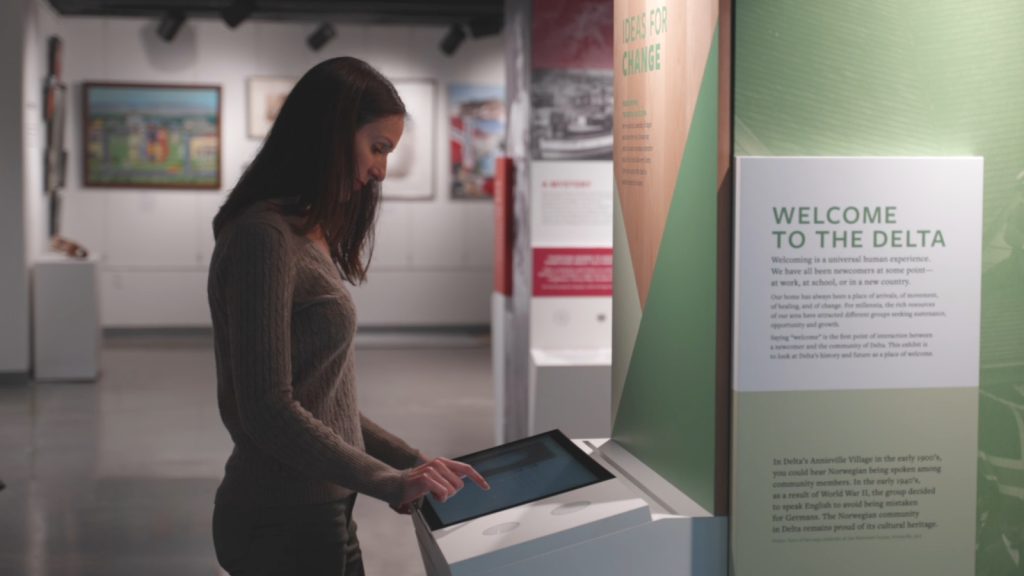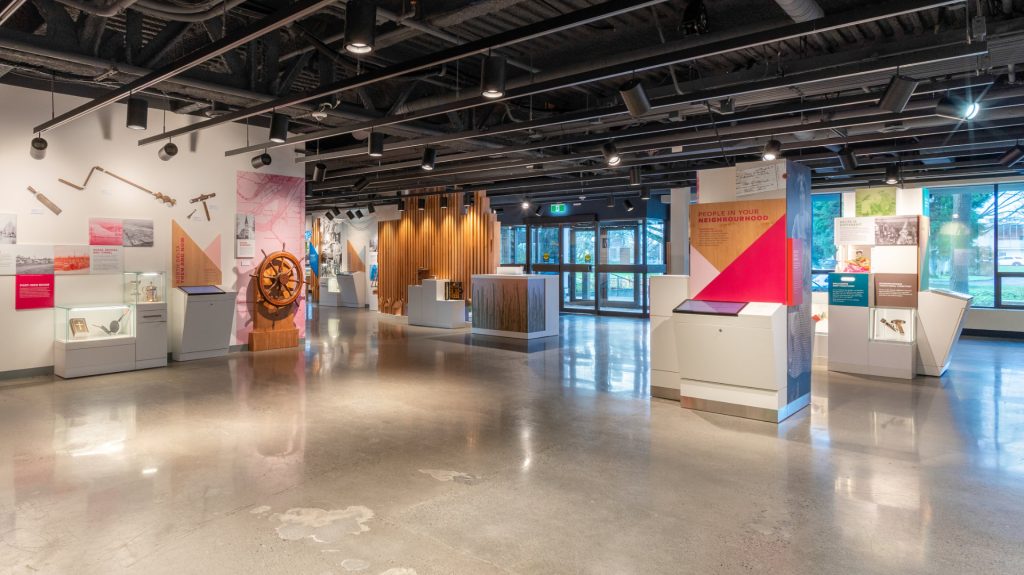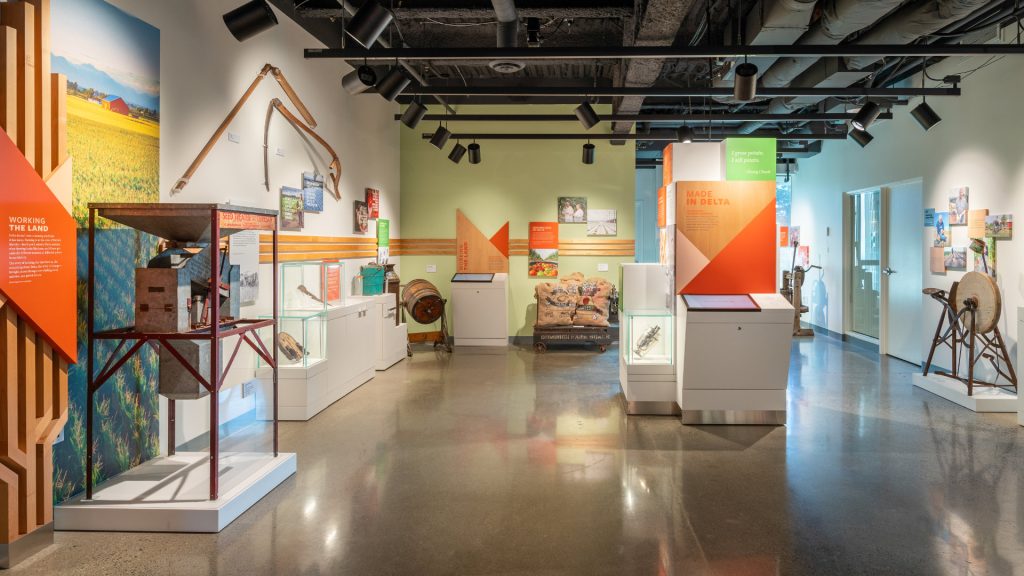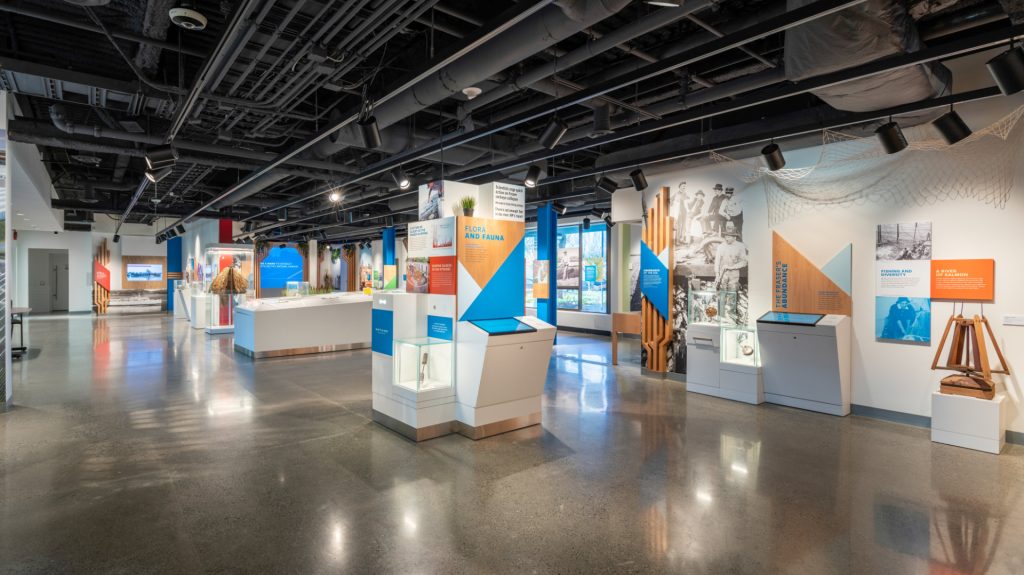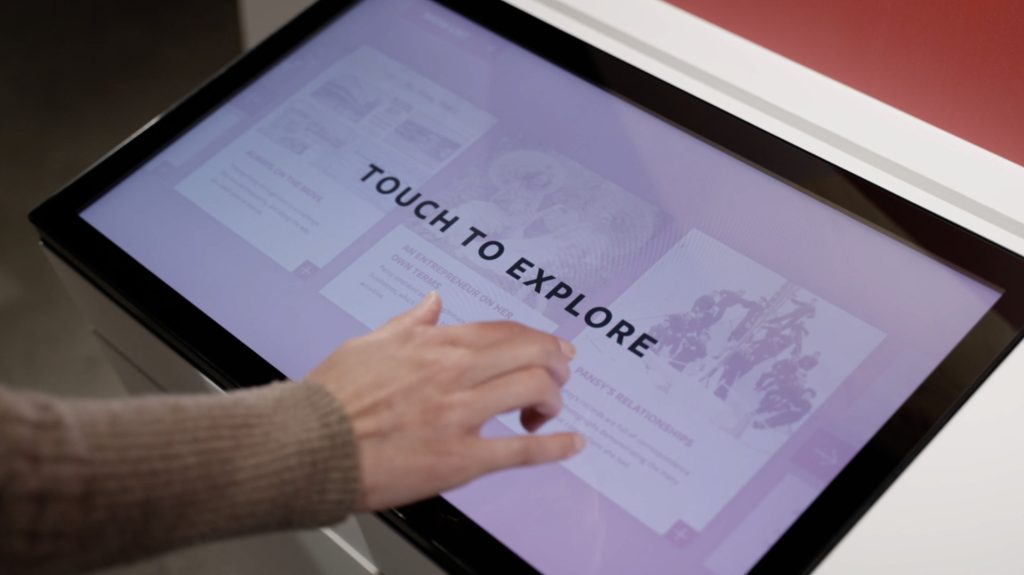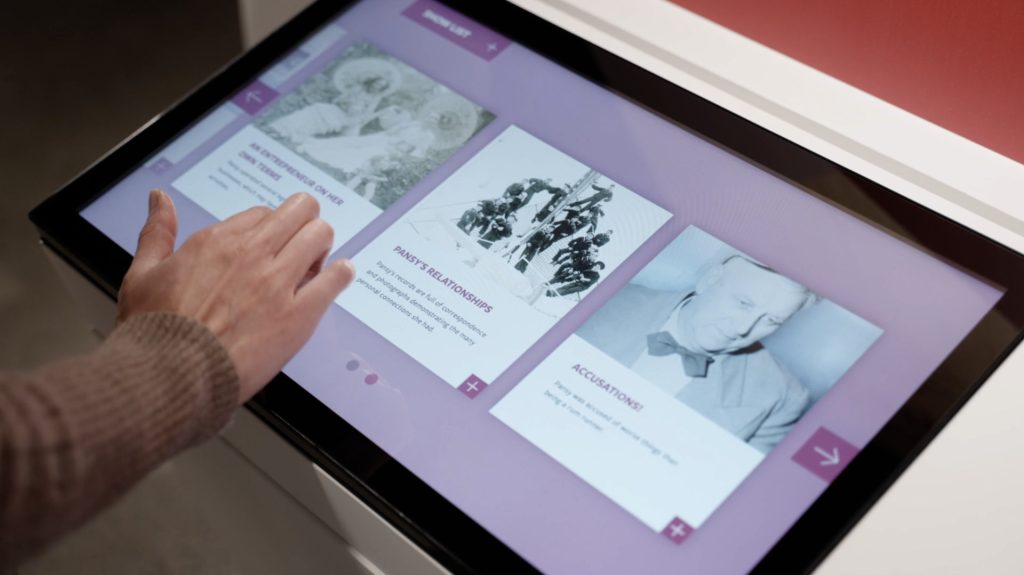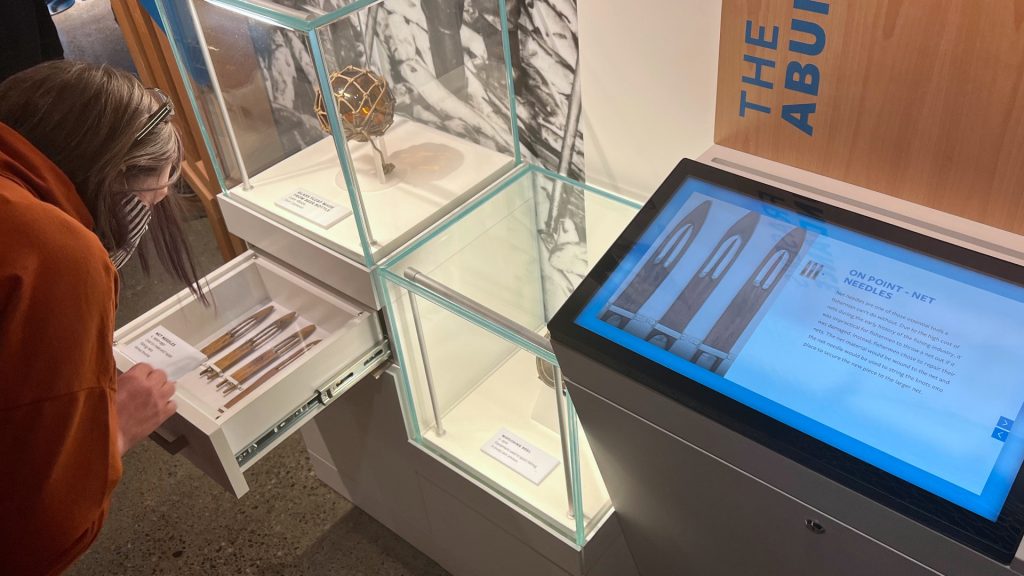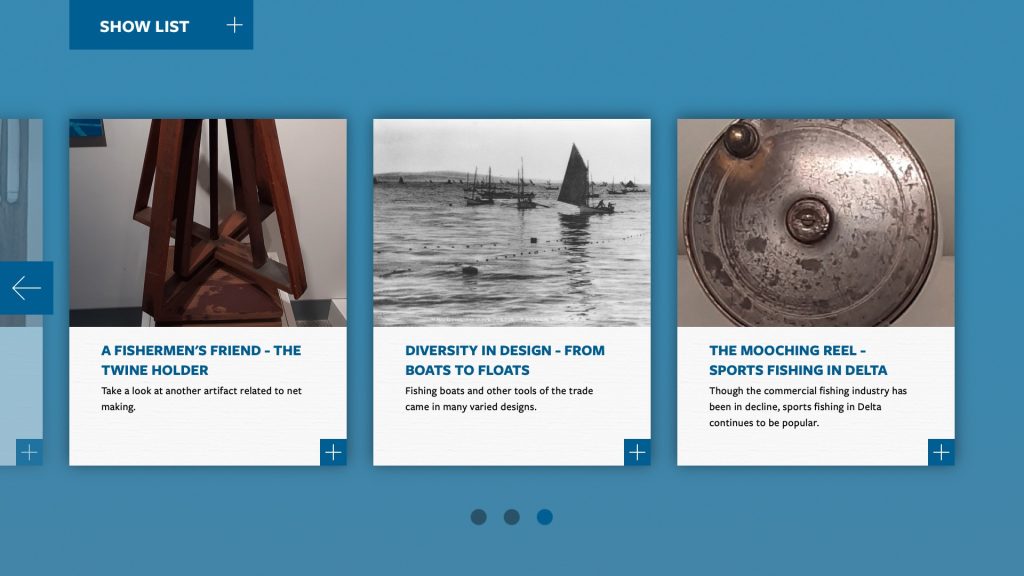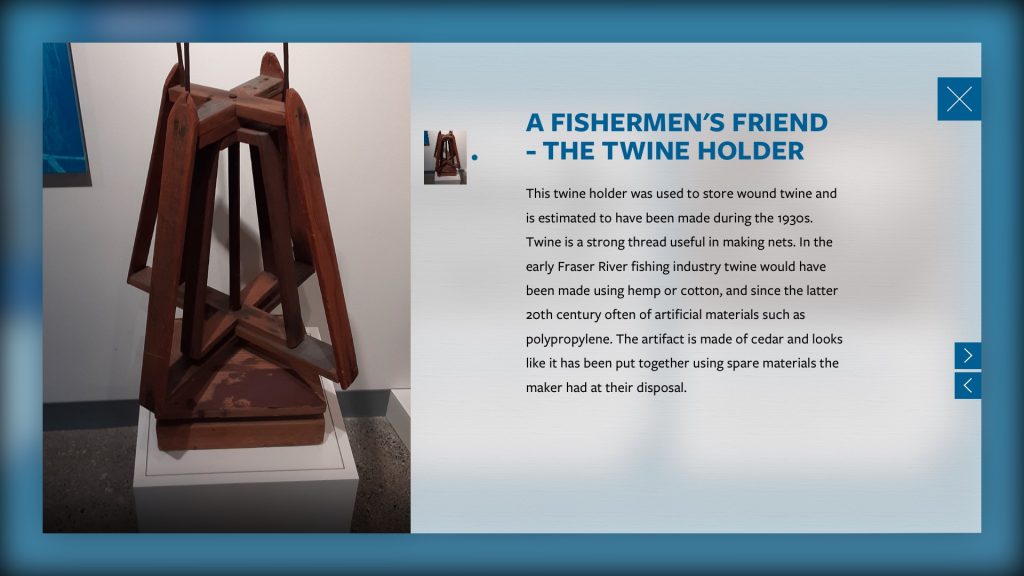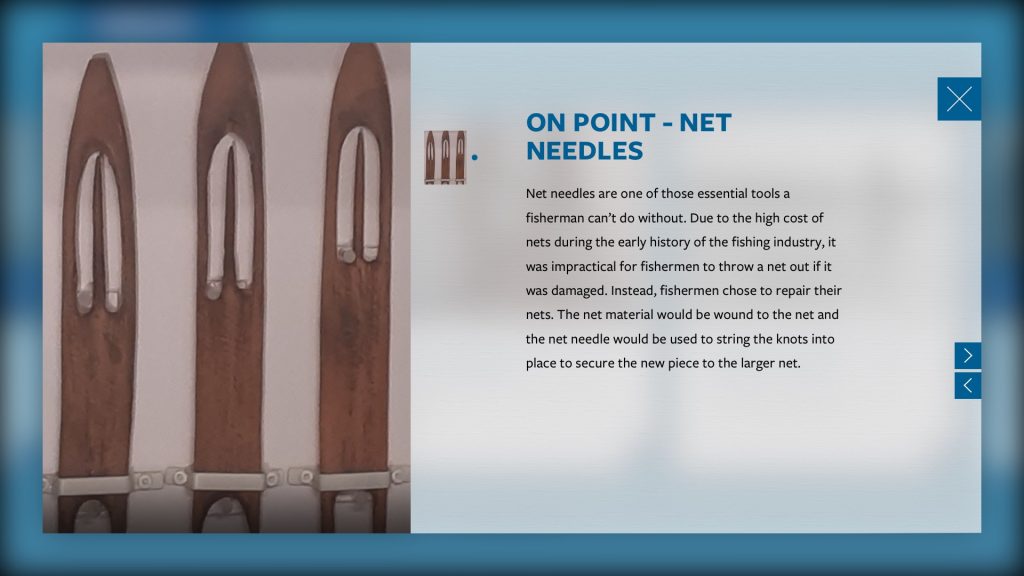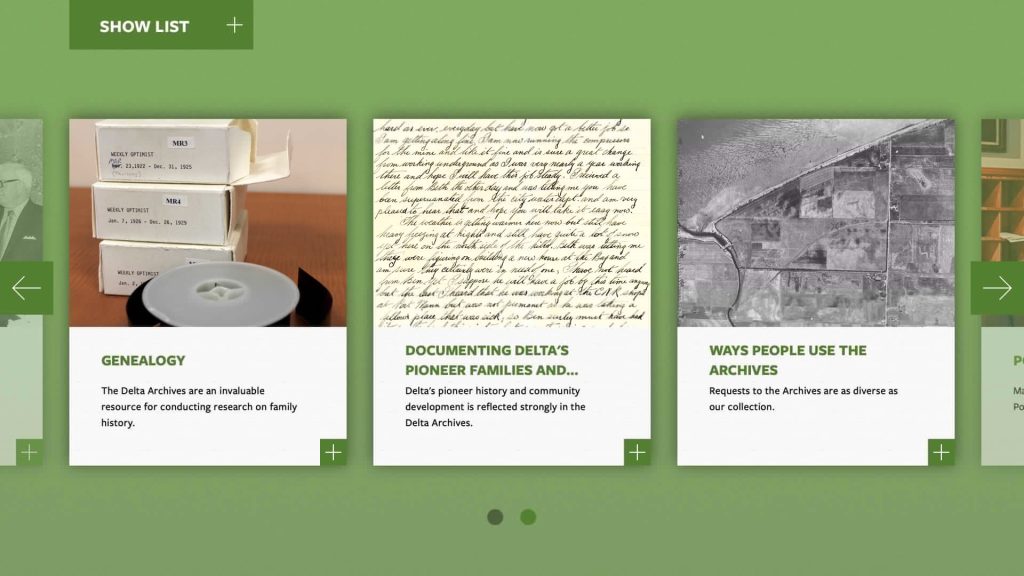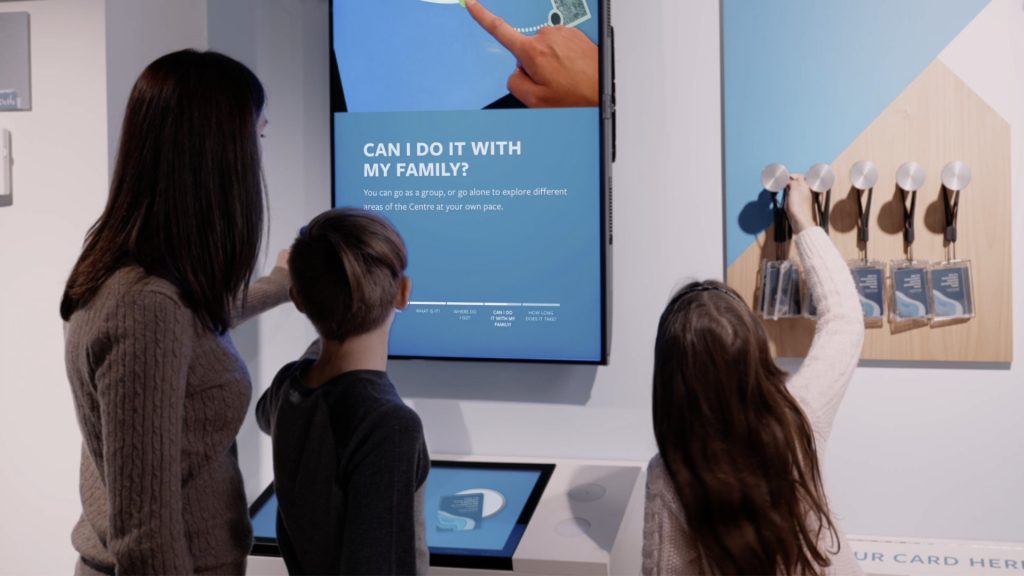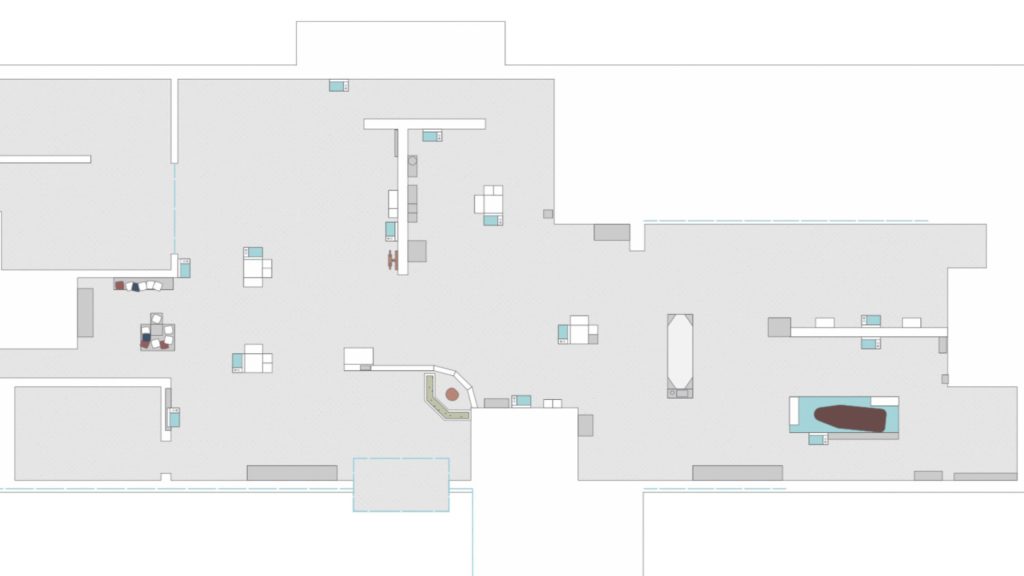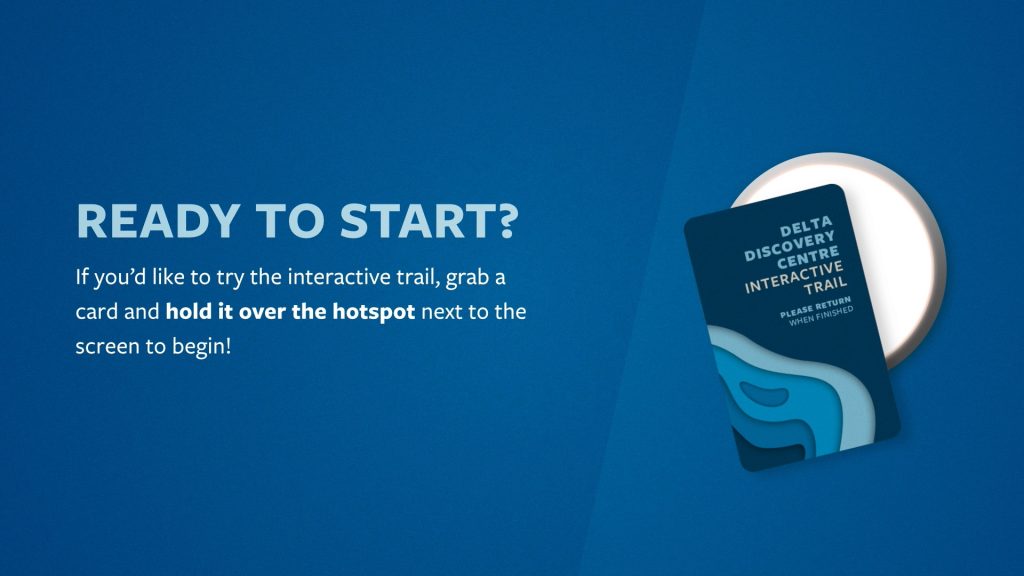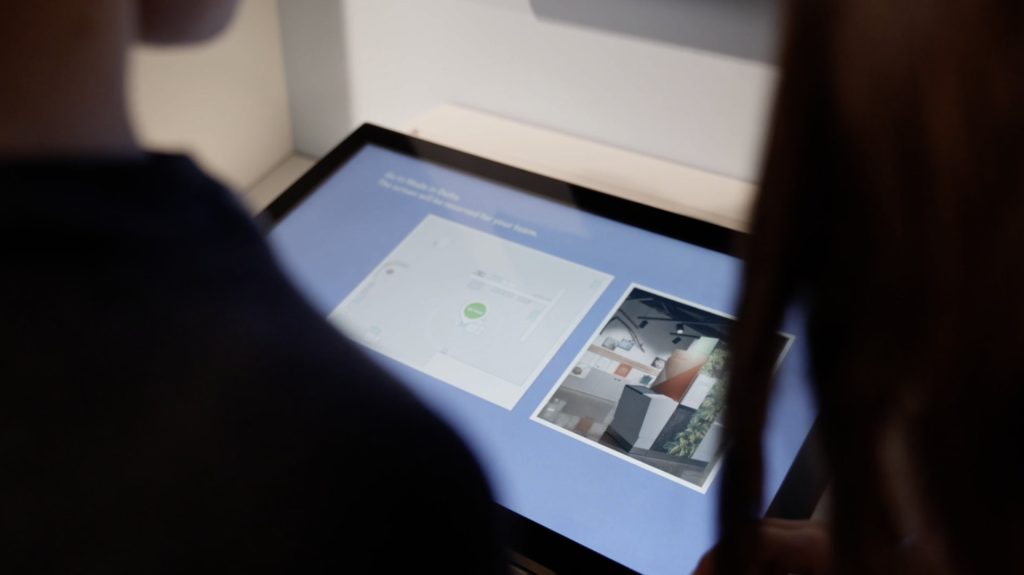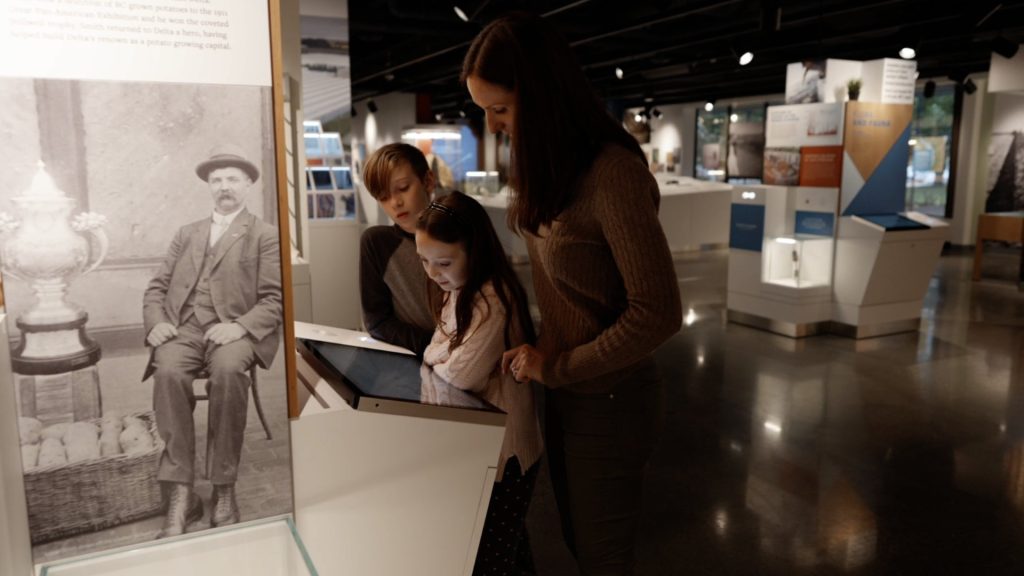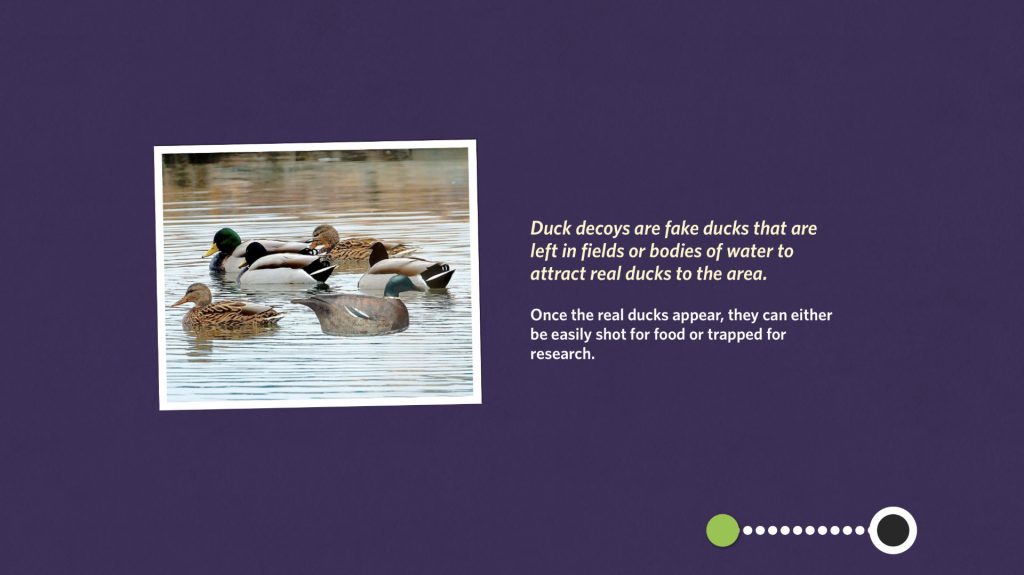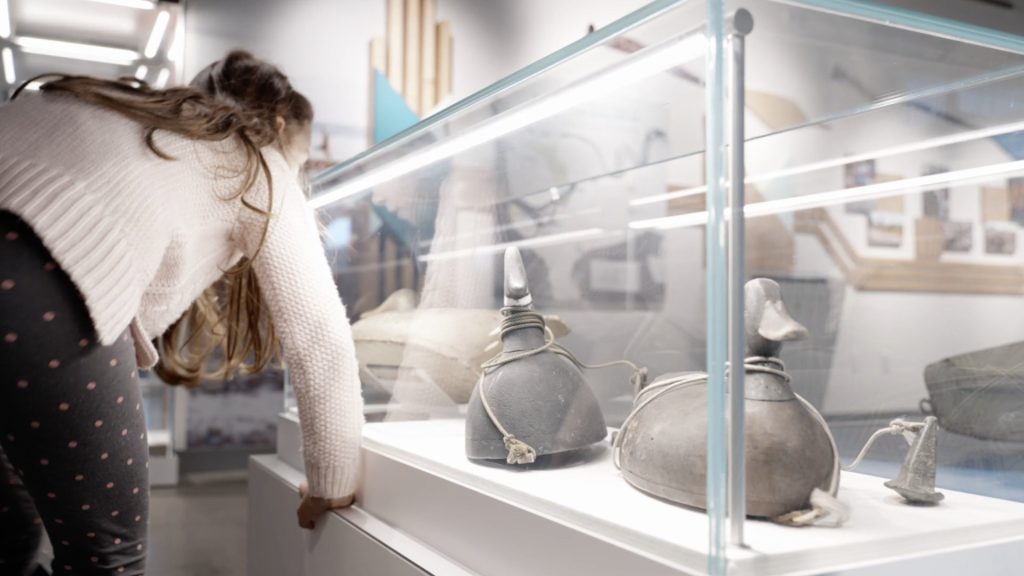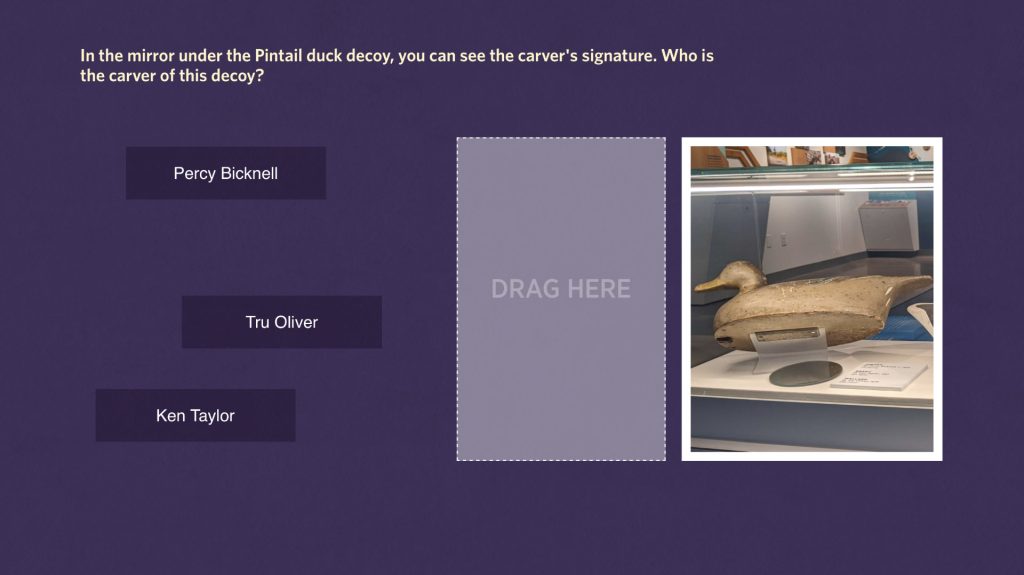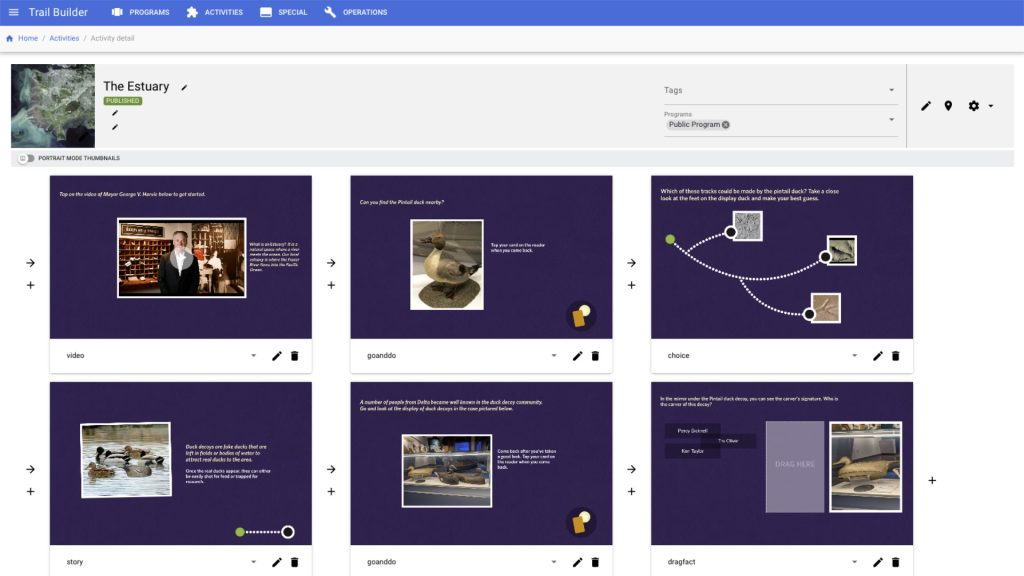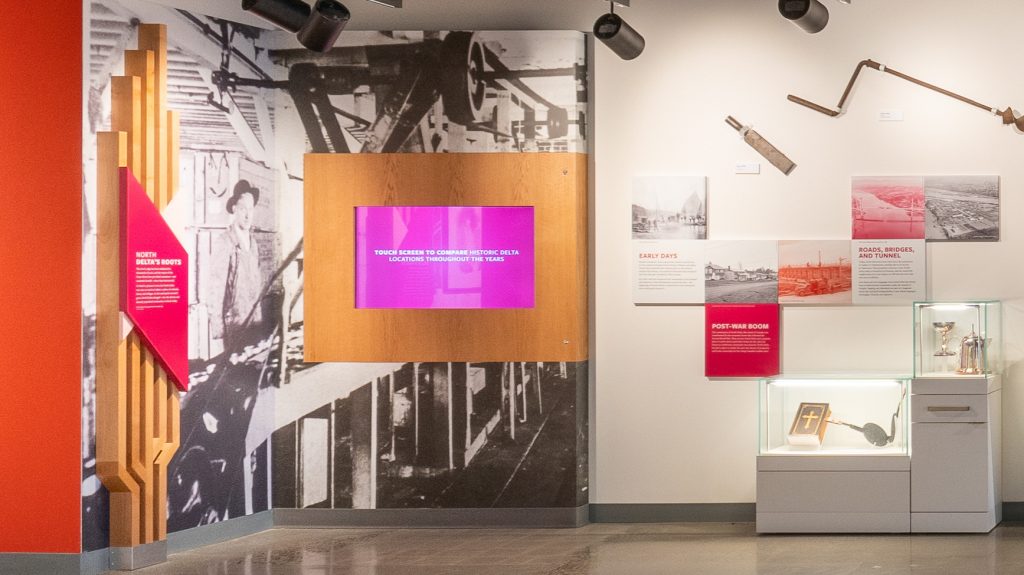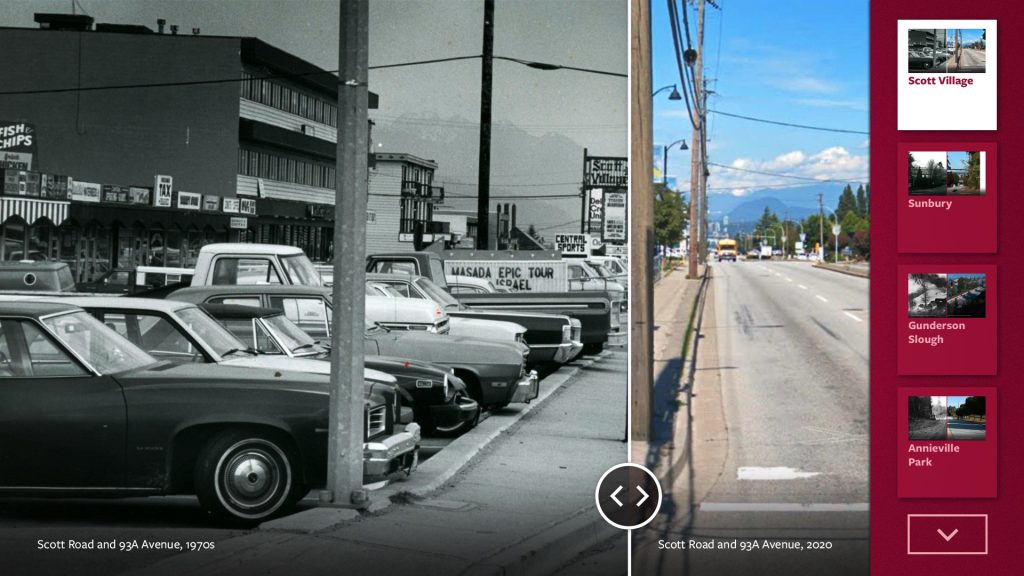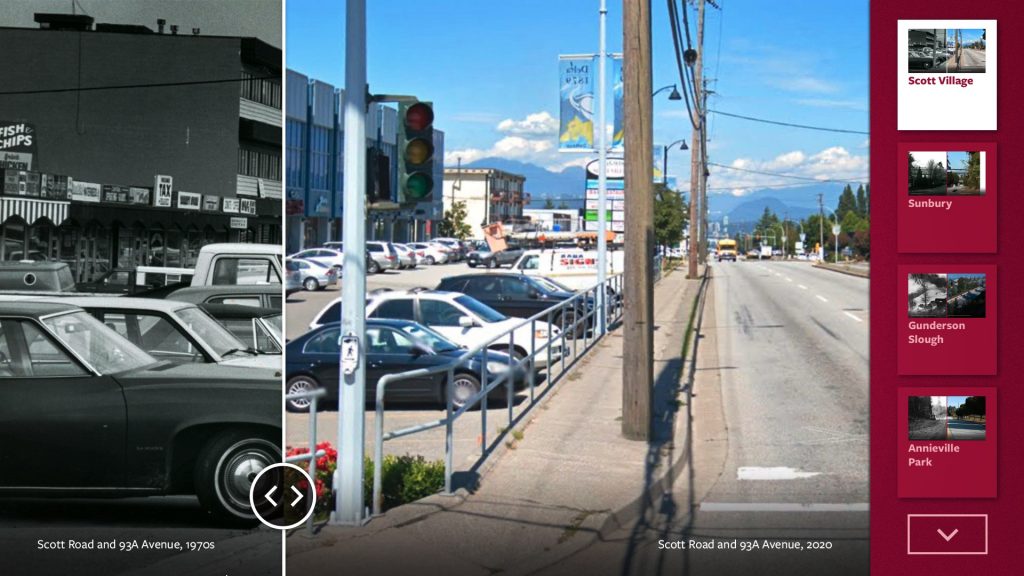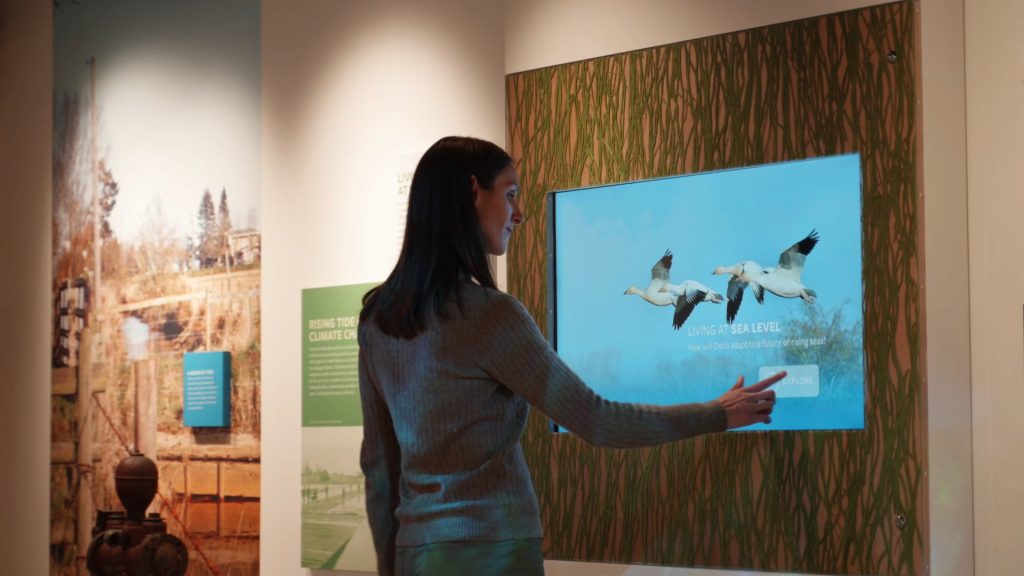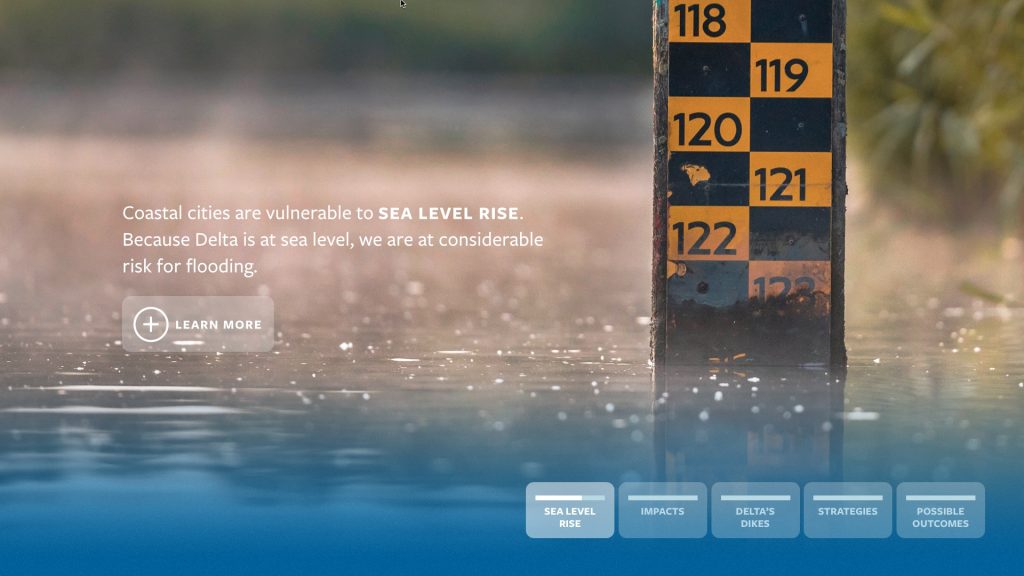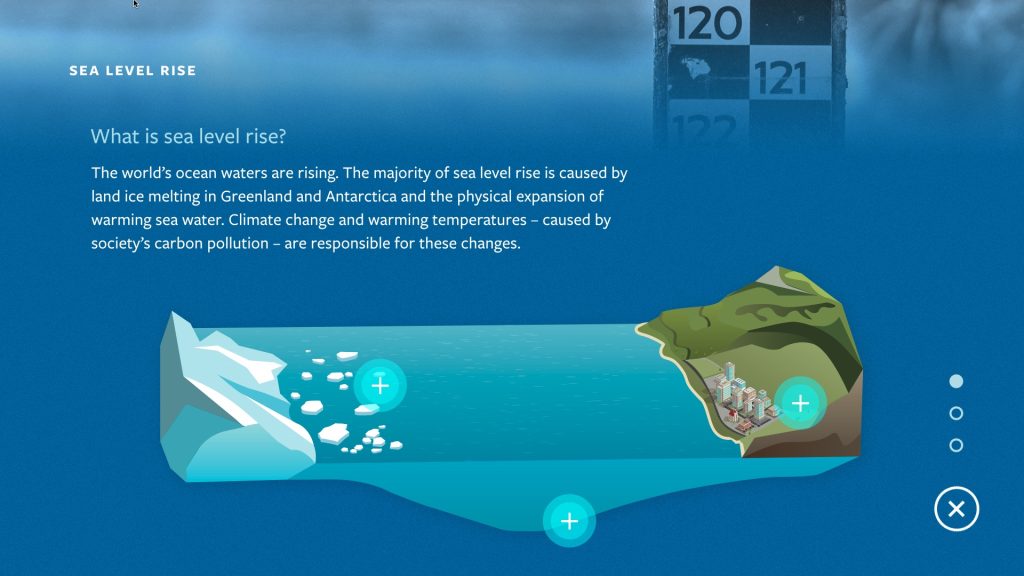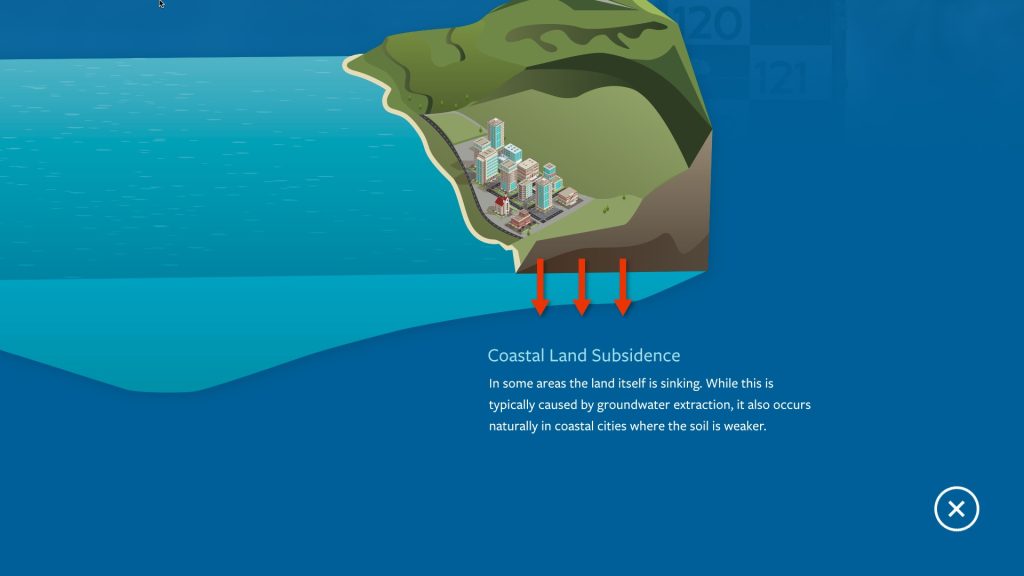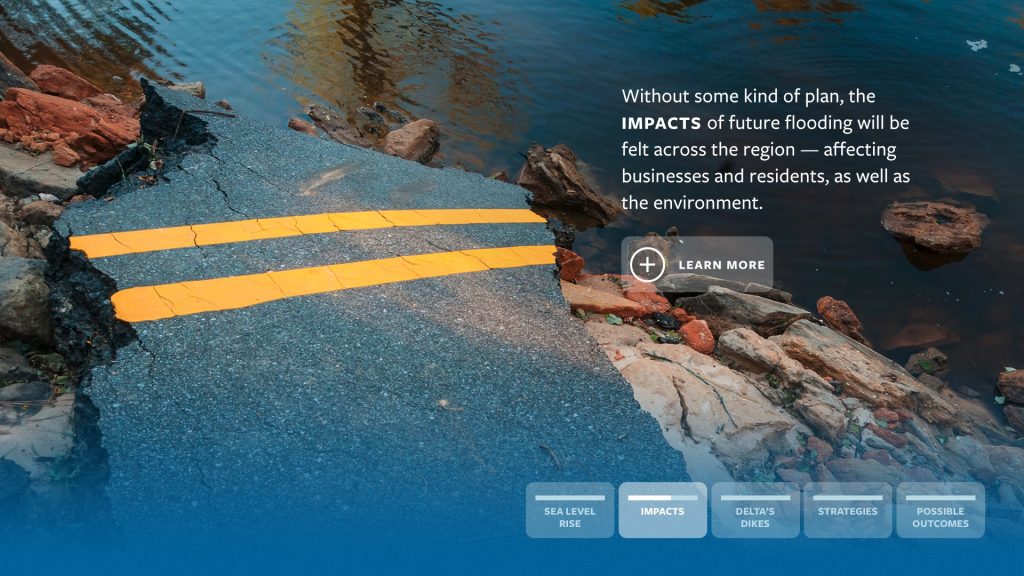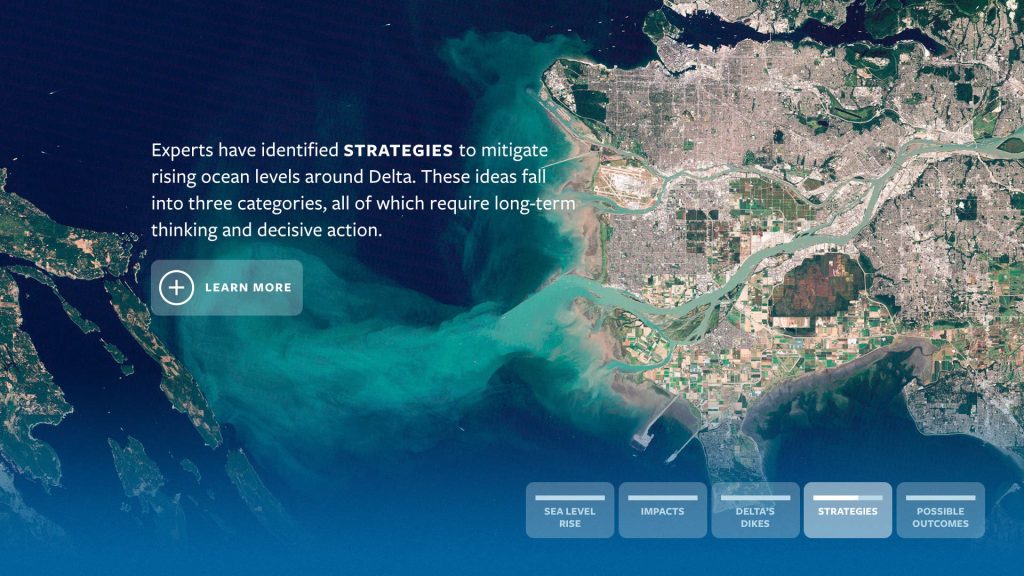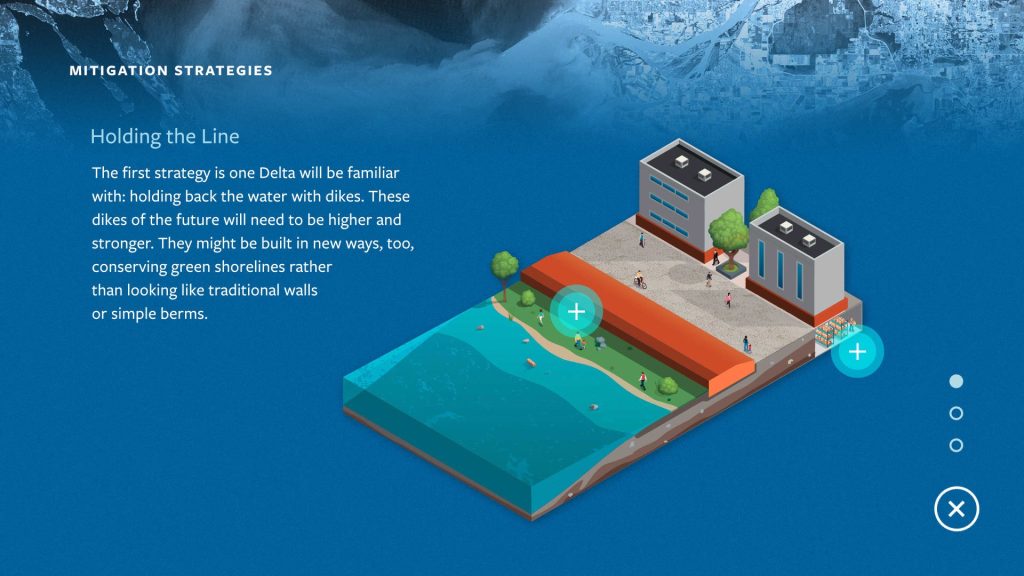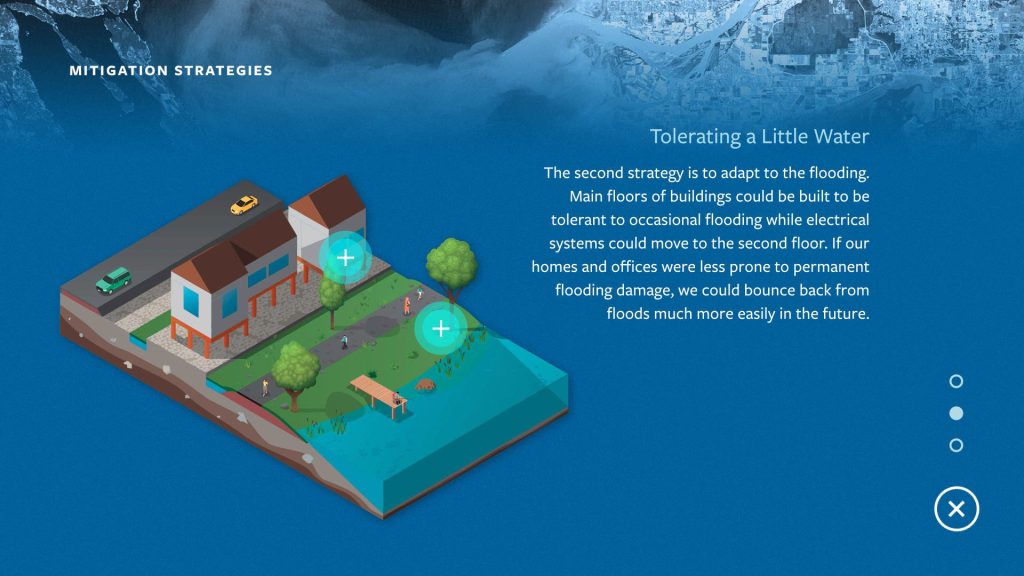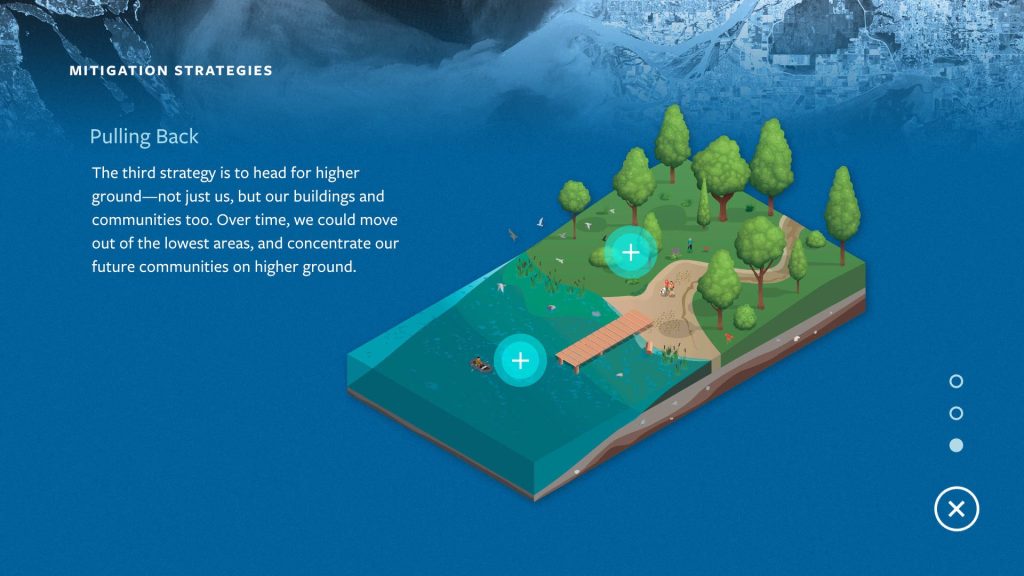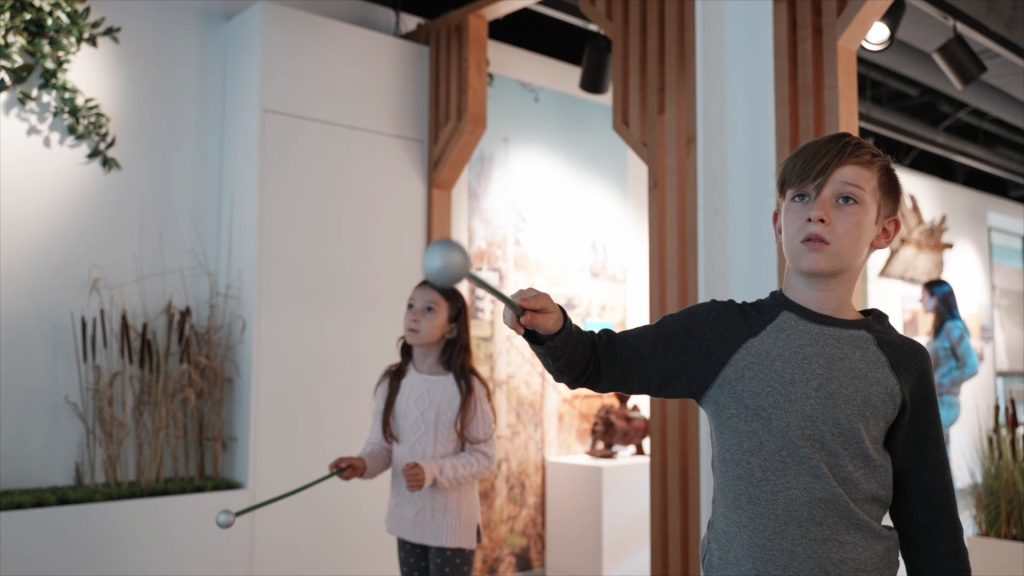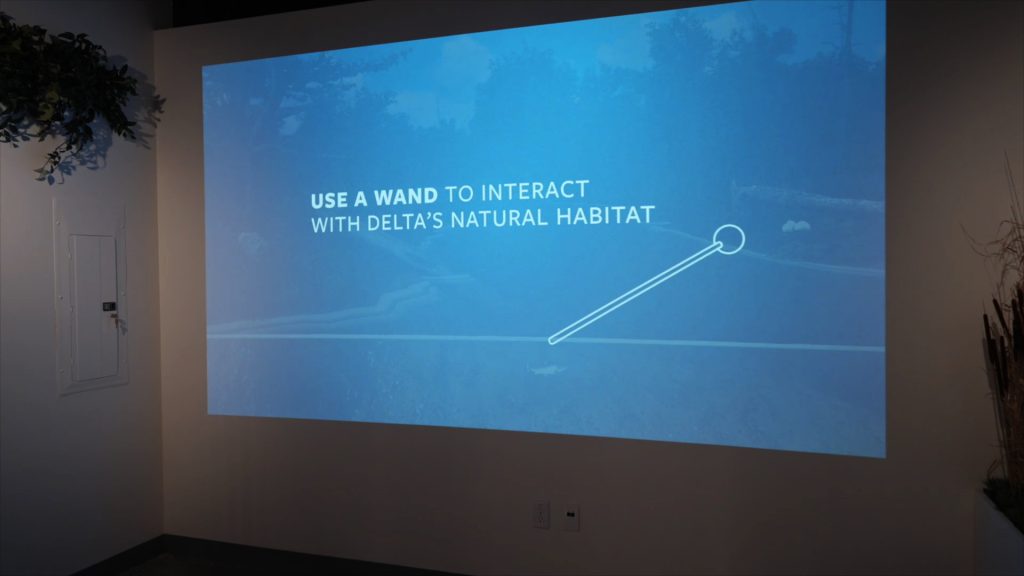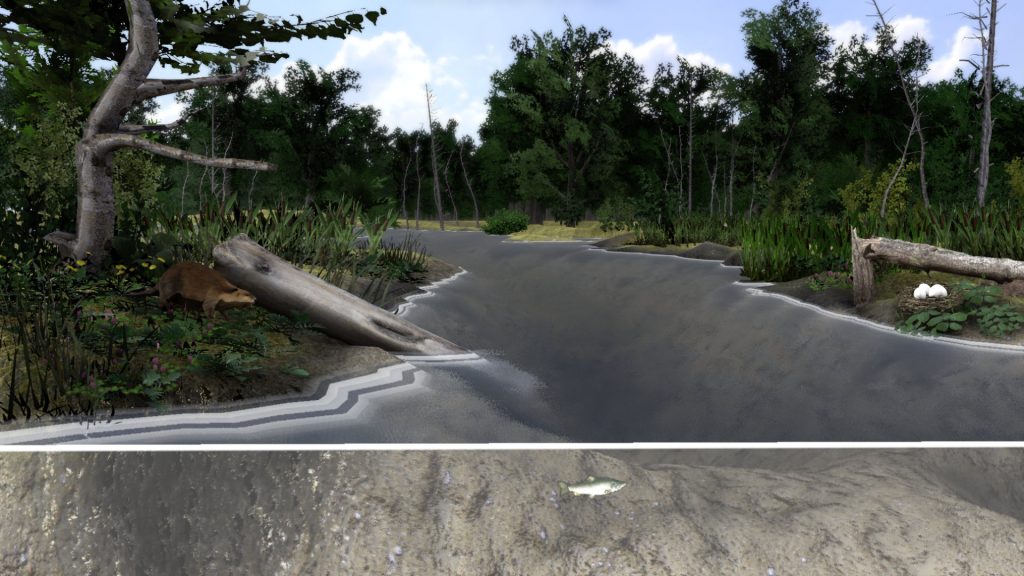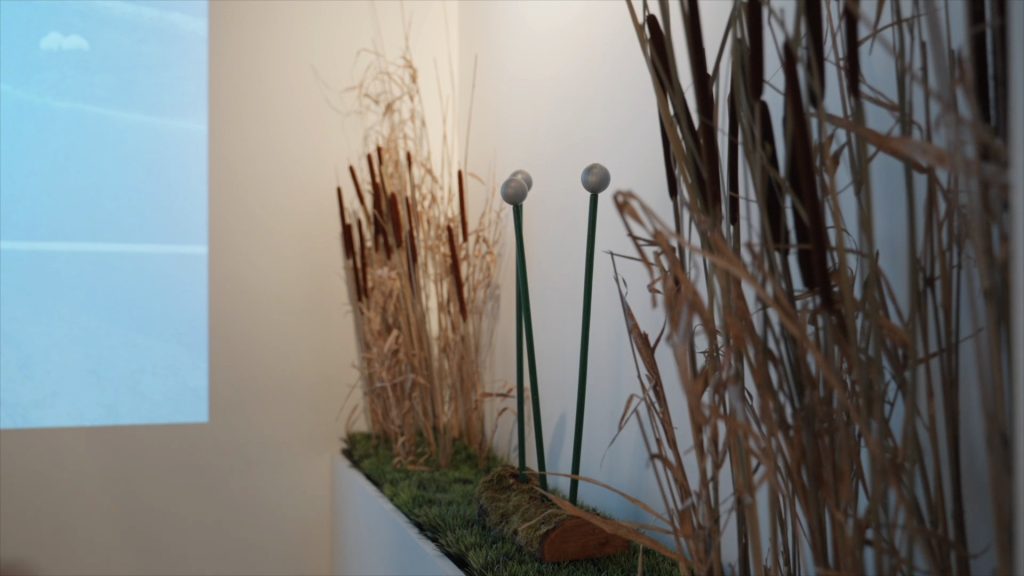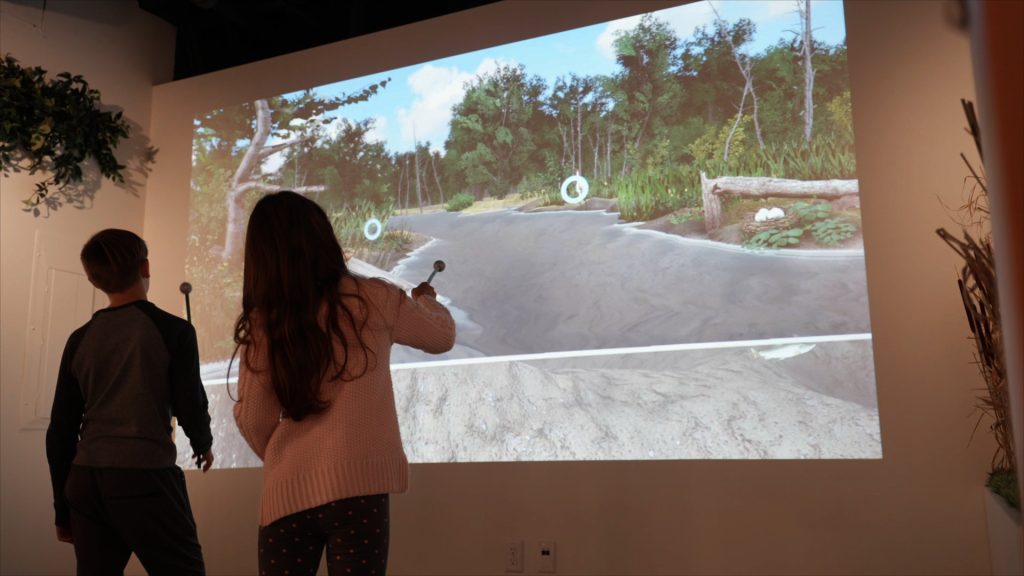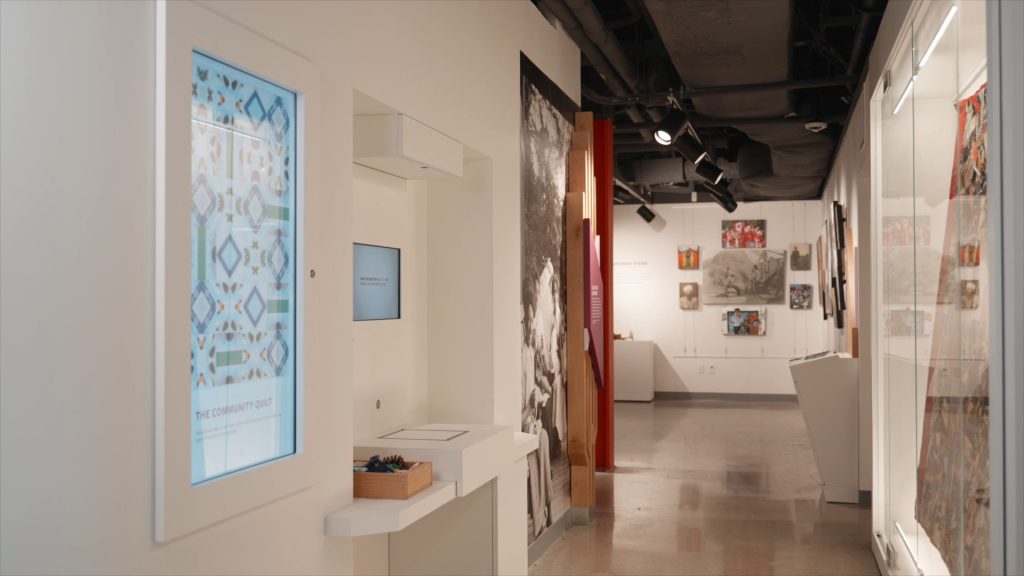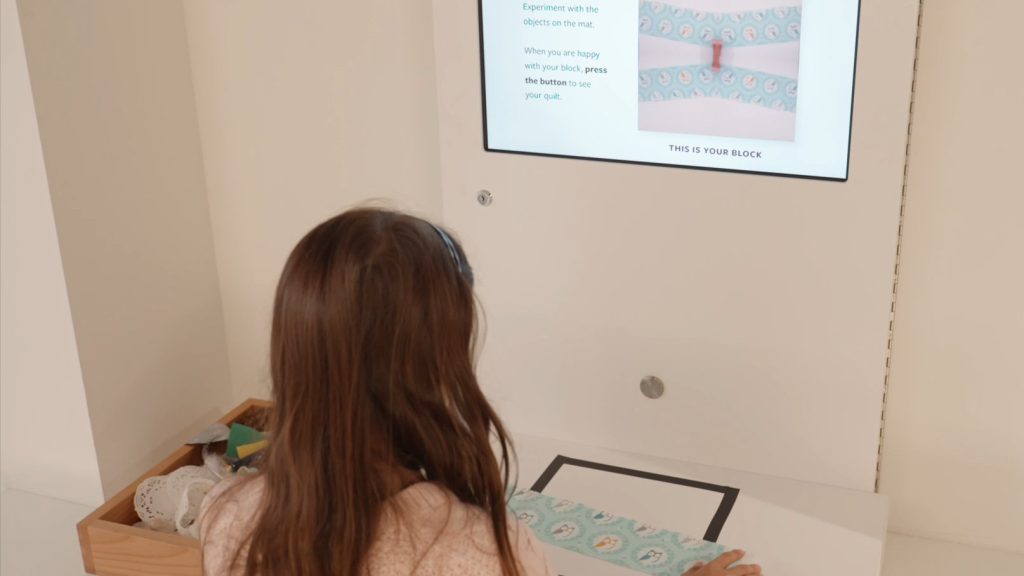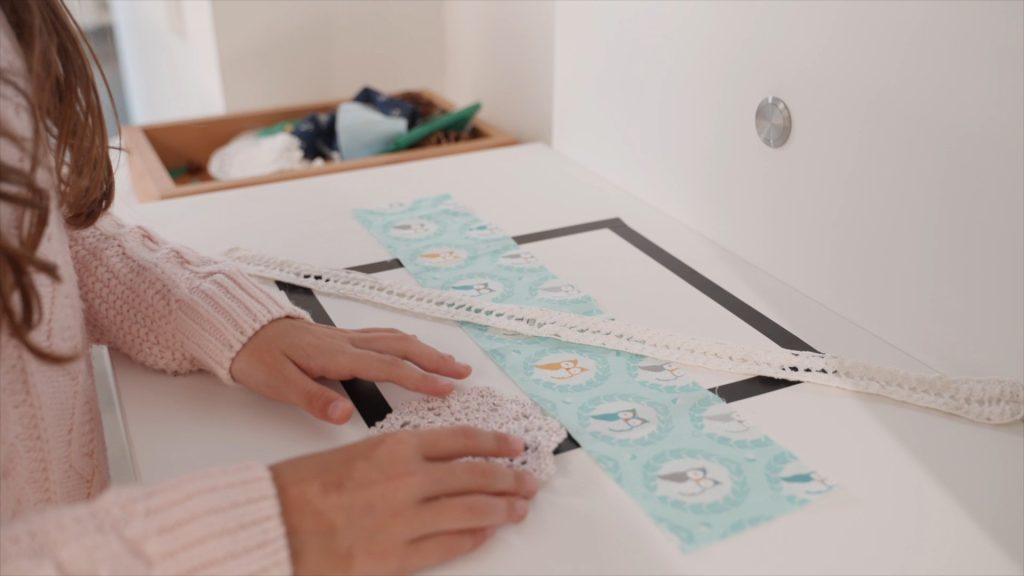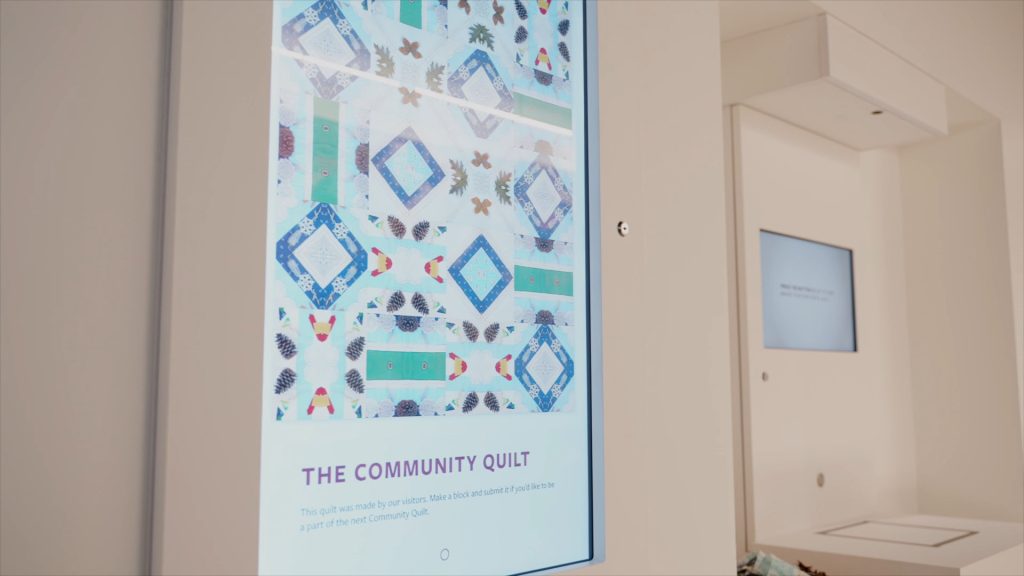Douglas J. Husband Discovery Centre
The 5000 sq. ft. Douglas J. Husband Discovery Centre in Delta, British Columbia is a cultural hub—encouraging conversation about Delta's unique history with a blend of programs, interactives and displays. EDM designed and produced the 20+ digital experiences that help make the Centre a model of the 21st-century regional museum.
Intro Theatre
Setting the context for the overall visitor experience is a short introductory film that plays on a looping schedule in a small purpose-built theatrette near the museum entrance. Produced by EDM and crafted by Vancouver Island-based cinematographer/director Ryan Varga, the film starts with a welcome by then chief of the Tsawassen First Nation, Ken Baird. The film then transitions into a narrated look at the many-faceted landscape and culture of the City of Delta.
Playback is handled by EDM’s macOS-based custom media player. This robust museum-quality application supports a number of required features including projector sleep, volume control, and external triggering that allows tie-in with the informational screen outside the theatre as well as the ambient lighting controls implemented by audio-visual integrator Eos Lightmedia.
(Note, regrettably Chief Baird passed away in August of 2022, at which point his personal welcome was respectfully removed from the film.)
Carousel
While occupying a relatively small footprint of only 5000 square feet, the Discovery Centre is dense with print stories, artefacts and digital media. And yet it somehow still feels spacious. This is a testament to the Double Dare Design team. During a preliminary pre-design phase, Double Dare iteratively developed the “Learning Station“, a modular system of exhibition components that can deliver all manner of visitor experiences in a small space. These pods act like thematic hubs, variously covering topics such as “Fish and Flora”, “Agriculture”, “the Pacific Flyway”, etc.
A conscious decision was made to incorporate a small touchscreen into each pod, angled so as to minimize its visual footprint when viewed from a distance. EDM’s Carousel software runs on each station, providing visitors with the ability to dive deeper on the stories and artefacts around them. The software is visually skinned to match the pod’s colour scheme … but otherwise provides a familiar interface that visitors need only learn once. All content is authored and maintained by the Discovery Centre staff using an intuitive CMS.
TRAIL
The 12 Carousel stations serve a secondary purpose: they can easily be swapped over to run EDM’s RFID-based educational learning system, TRAIL. Working either individually or in small groups, the Muse award-winning TRAIL delivers simple activities that engage students with nearby print stories and artefacts. Every few minutes, TRAIL tasks students with self-navigating to a new (free) station. This alternating between focused activities and navigation leads to deep engagement, feelings of self-sufficiency and empowerment (in what could otherwise be an imposing exhibition space). All content is authored by Centre staff using an intuitive CMS.
Then and Now
This simple interactive provides the visitor with insight into historical photos by juxtaposing them with contemporary images taken from the same vantage point. A draggable “wiper” lets the visitor explore the change from “Then” to “Now”, slowly changing from the historical image on the left to the contemporary image on the right.
Living at Sea Level
Using an array of digital media, this interactive experience explores the region’s vulnerability to flooding due to sea level rise. Through a series of interactive illustrations, this exhibit examines the effect of sea-level rise on businesses, residents, and the environment (as well as the wildlife that inhabits it), and explores several different strategies to help mitigate the short and long-term effects. Developed in collaboration with a local subject-matter expert, EDM is particularly proud of this – hopefully thought-provoking – interactive.
Habitat Projection
An open-ended interactive experience aimed at children, visitors are prompted to pick up a simple hand-held “wand” to start. An animated nature scene representative of Delta’s marshy habitat appears on the projection wall. In the water, small fish and invertebrates swim around. On the shoreline, a turtle lazes in the afternoon sun while a heron guards its nest. The magic of the exhibit lies in the novel (computer-vision) means of interaction. Visitors quickly intuit that each wand has an associated reticle that they can move around the scene, interacting with elements in the scene. For example, if the visitor happens to settle on the racoon hidden in the tall grass, it will sneak out and try to snatch a heron egg. If the reticle nudges the dozing turtle, it will lumber down to the water and glide across the river.
Crafting Kaleidoscope
Opposite a large, beautiful handcrafted quilt, a screen invites visitors to create their own digital quilt using an assortment of fabric swatches and bric-a-brac located on the table next to the screen. By placing materials onto a marked area of the tabletop, an overhead camera captures and multiplies their composition using a kaleidoscope effect and transfers this image to the screen. What the visitor sees is effectively a ‘patch’ (or, more correctly, a ‘block’) of a quilt. Once satisfied with their pattern, the visitor is invited to press a button on the screen and see it temporarily incorporated into a community quilt on a larger adjacent display screen.
If you’re interested in knowing more about this project, please contact us for more information.
